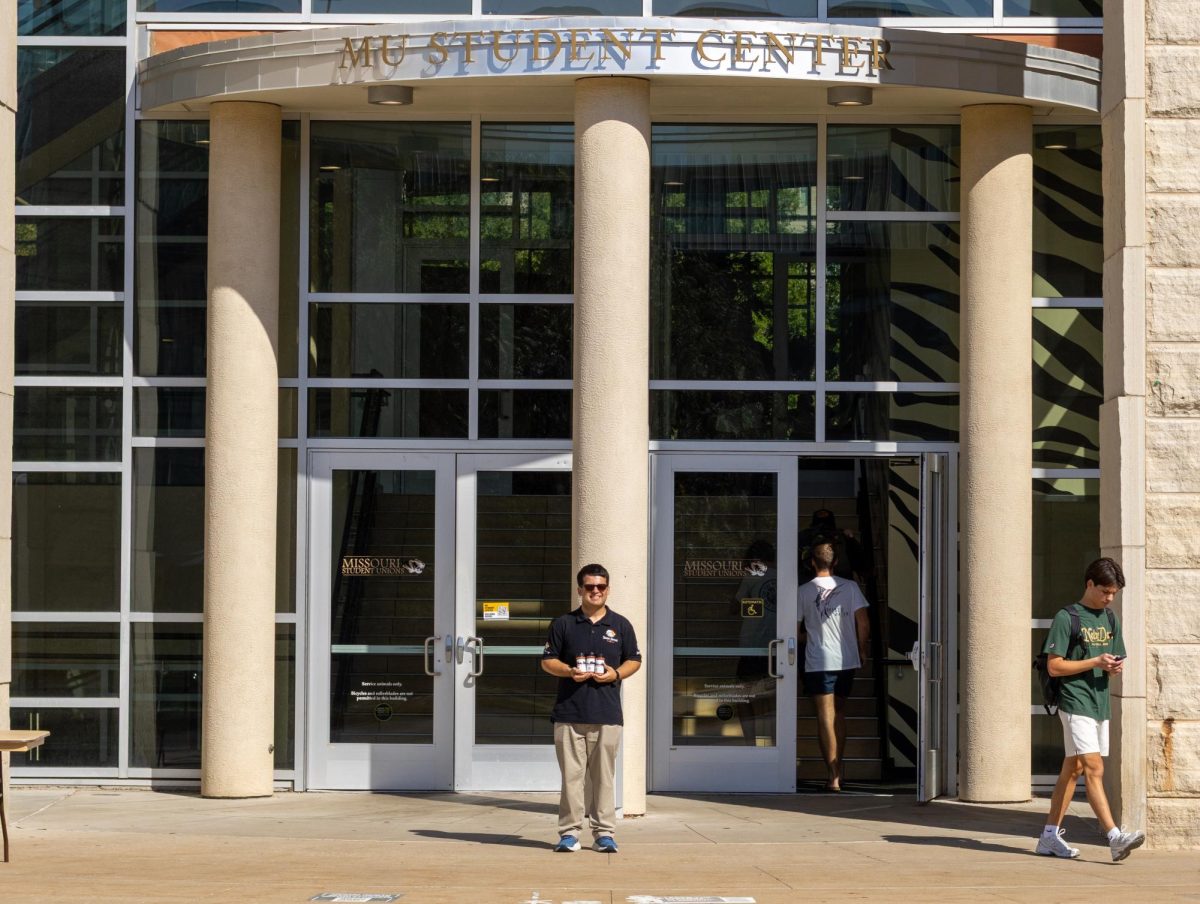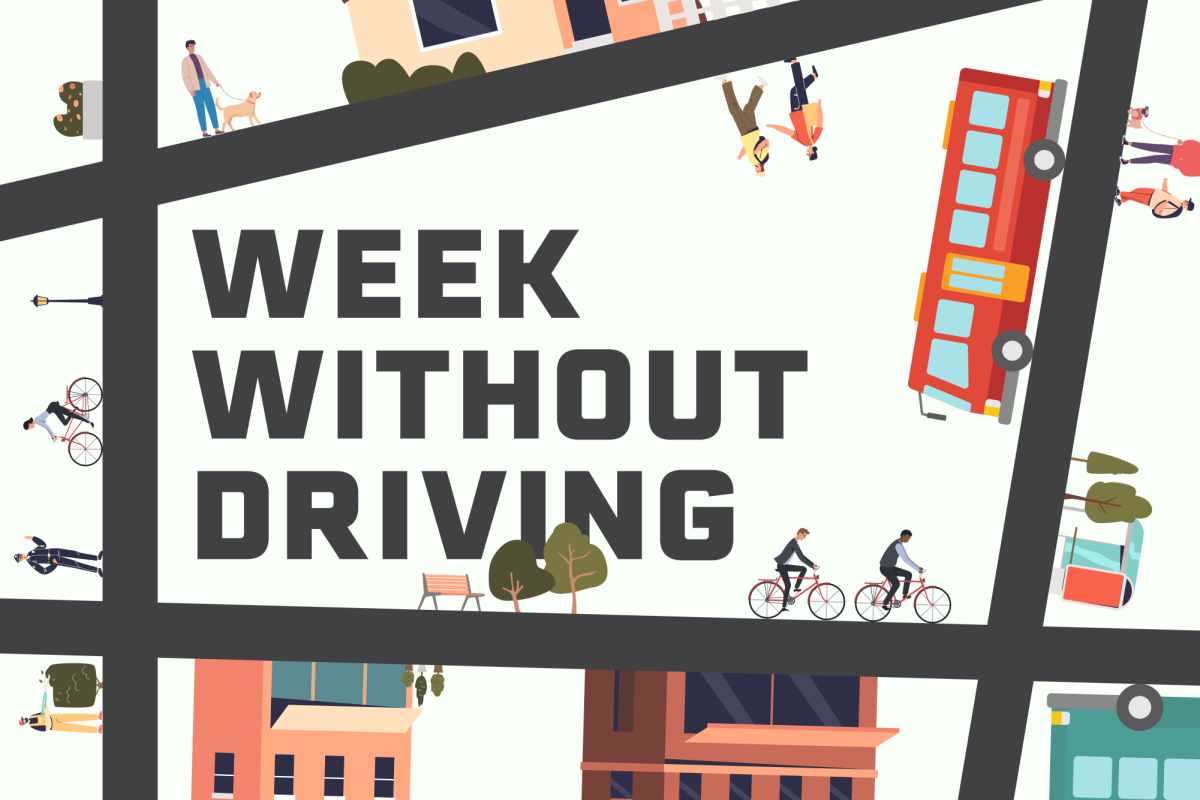From the sound of shutters releasing in the front rows to the array of chuckles in the back in response to some of the videos shown, a fully engaged audience filled the seats of Jesse Auditorium to hear Sarah Leen, Director of Photography for National Geographic, speak Friday.
Photographers, artists and Nat Geo enthusiasts came to hear what Leen had to say as she delivered the keynote speech for the 2017 Undergraduate Visual Art & Design Showcase.
Leen’s photojournalism fieldwork has taken her from Mexico to West Africa to Russia, but Leen’s worldly career first launched in a familiar town―Columbia, Missouri.
Leen’s roots lie in Missouri’s Journalism School. She graduated from the University of Missouri with a Bachelor of Arts degree in 1974, and has been a decorated photographer ever since she was a student.
She won the College Photographer of the Year competition in 1979, hosted in Columbia. Along with the title, Leen was also granted an internship at National Geographic Society. Leen’s first magazine story, “Return to Uganda,” was published in July 1980.
Now, Leen holds the title of Director of Photography for National Geographic, a global nonprofit organization known for its award-winning photos. In addition to having arguably one of the most powerful positions in the photography world, Leen is also the first female director in National Geographic’s history since the nonprofit’s inception in 1888.
Leen’s keynote, _Breaking Through the Noise: Visual Storytelling in the Digital Age_, accrued a throng of people, from journalism professors and teachers to avid readers of National Geographic.
Like the message behind every National Geographic issue, Leen’s did not disappoint. The photographer urged aspiring photographers to “be bold” and “be social,” and emphasized the duty of the media to make an impact on communities, both small and large. Most importantly, Leen talked about the “sweet spot” every photojournalist should try to hit: the happy medium between art and journalism.
In addition to showing the work of several acclaimed photographers, such as Stephanie Sinclair and Robin Hammond, Leen talked about National Geographic’s role in the digital age.
National Geographic is “evolving [its] storytelling to be much more multi-platformed,” [Leen told Vox Magazine in an interview before the speech.](http://www.voxmagazine.com/arts/art/national-geographic-director-of-photography-sarah-leen-to-speak-at/article_08a734b2-e8e8-11e6-b2af-7f77cf26658a.html)
According to Leen, the medium National Geographic chooses depends on the story. “‘Good now, good later’ stories”, as Leen likes to call them, are generally reserved for print editions. However, more “current” stories are turned into multimedia projects; [“The New Europeans”,](http://www.nationalgeographic.com/magazine/2016/10/europe-immigration-muslim-refugees-portraits/) for example, is an interactive webpage, created by Robert Kunzig (writer) and Hammond (photographer and videographer). The page shares the stories of those affected by the refugee crisis since its initial surge in 2015.
Other digital platforms in which National Geographic is making its mark include Instagram stories and Snapchat Discover. Both outlets have engaged a younger audience, passionate about the art of storytelling.
“The most powerful thing we can do is simply show the pain and suffering straight on,” Leen said.
For aspiring photojournalists, Leen shared a parting piece of advice: it’s not enough to just tell a story. Instead of waiting for your audience to find you, Leen said, you need to find them. To be successful, you need to make yourself heard, and create stories that make an impact.
_Edited by Katherine White | [email protected]_








